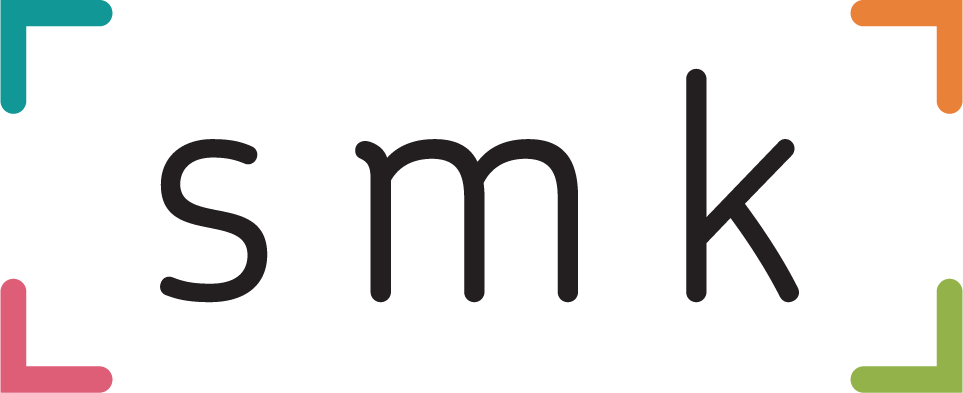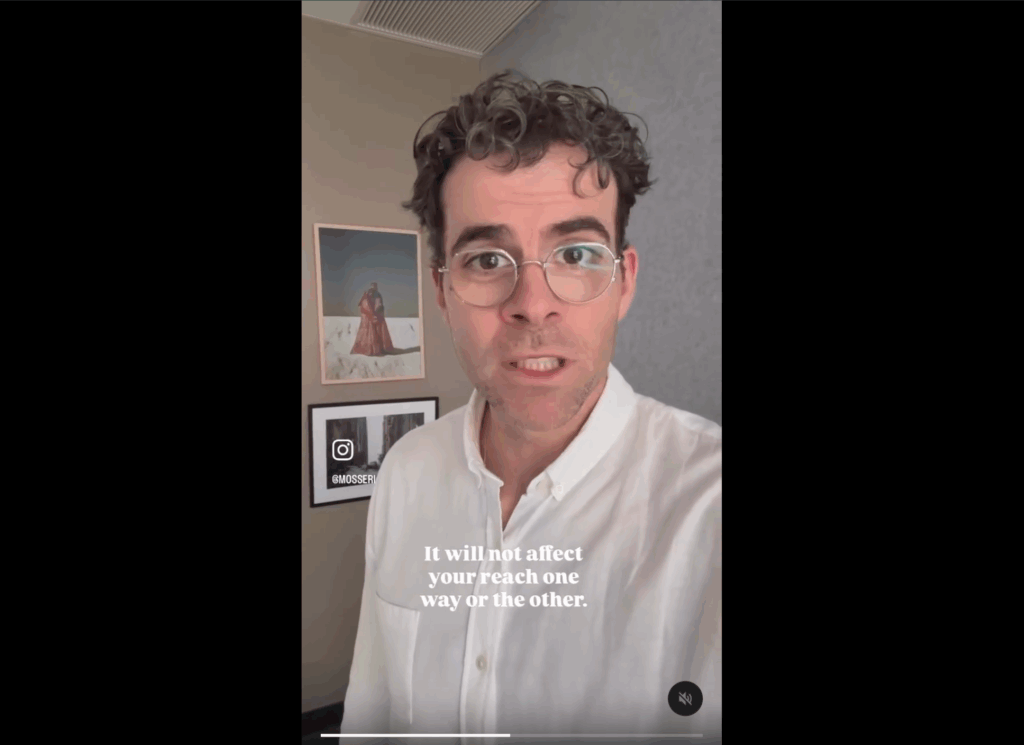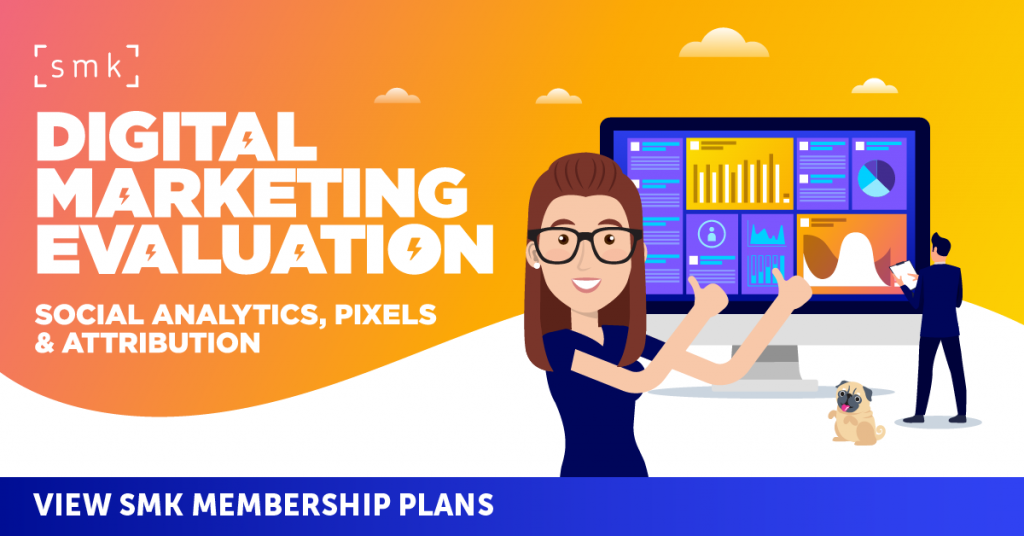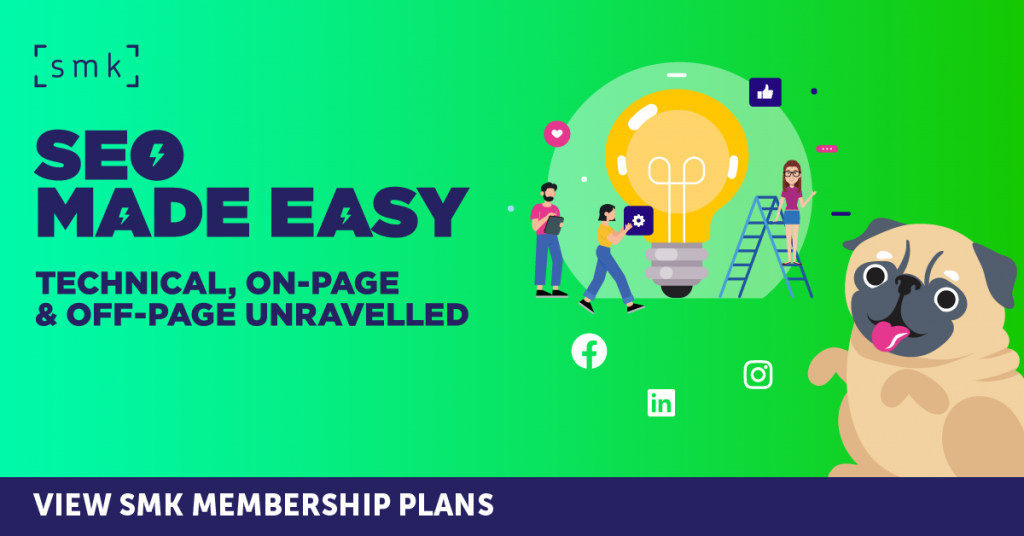Instagram chief Adam Mosseri has officially debunked one of the most persistent myths in the creator and social media marketing world: the idea that using the phrase “link in bio” in your post captions will hurt your reach.
It’s a theory that has long felt plausible. After all, directing users to click a link could mean pulling them away from the app, which runs counter to Instagram’s business model. The logic is sound, but as it turns out, the concern is unfounded.
The Myth: Debunked by the Top
Mosseri addressed the rumour head-on in a recent Q&A:
“I wanna take a second just to debunk a myth I hear often […] This one is that if you say ‘link in bio’ it’s going to decrease your reach. That is not true. You’re more than welcome to say ‘link in bio,’ it will not affect your reach one way or another. Adding ‘link in bio’ can be super helpful, I do it all the time, so please feel comfortable doing it as much as you like.”
It’s a clear message from the person who knows the algorithm better than anyone else. Instagram does not penalise posts that use the term “link in bio.”
That should put to rest years of speculation and second-guessing from marketers and creators trying to “beat the algorithm” with careful word choice and caption edits.
But Why Do Some Posts Still Seem to Suffer?
Despite Mosseri’s clarity, many creators and marketers swear they’ve seen dips in reach on posts that include “link in bio.” Some have even run informal A/B tests showing reduced performance when the term is used. So what explains the discrepancy?
There are a few likely causes:
-
Content Weakness: Posts that lean too heavily on the external link may lack depth or standalone value. If a caption simply says “link in bio” with little context, there’s nothing to engage with. Lower engagement usually results in lower reach.
-
Engagement Fatigue: Audiences have seen “link in bio” so many times, often in promotional or overly salesy posts, that they may instinctively ignore it. If the phrase triggers a mental “ad alert,” users are more likely to scroll past.
-
Misinterpreting Data: One or two poor-performing posts with “link in bio” aren’t enough to establish causation. Too often, marketers overreact to minor fluctuations, attributing blame to a phrase rather than other more likely factors like timing, content type or visual appeal.
-
Platform Noise: On a crowded platform like Instagram, variables such as trending topics, algorithm testing and competitor content can all impact performance day to day. It’s easy to mistake noise for signal.
But Is It Actually That Effective?
Now for the bigger strategic question. Even if “link in bio” doesn’t harm reach, is it still a valuable tactic?
Even on a good day, links in bio tend to drive modest traffic. Organic Instagram posts are not designed to deliver clicks. They’re optimised for engagement, visibility and brand building, not direct response.
Instagram does not allow clickable links in captions. Any journey to a website involves multiple taps: profile visit, bio link tap, then finally the destination. Each extra step loses a portion of users. Very few people follow through.
For most brands, organic Instagram traffic shows up as a negligible source in analytics reports. The real value is in awareness, brand reinforcement and community building, not driving immediate conversions.
Other Ways to Use Links on Instagram Organically
If links are essential to your campaign, there are more effective placements than your post captions. For example:
1. Instagram Stories (Link Stickers)
Instagram Stories remain the most direct way to share clickable links. The Link Sticker can be added to any Story and takes users straight to your destination in a single tap.
This option is available to all users, regardless of follower count. For marketers, this is where you should focus most of your CTA efforts if your goal is traffic or conversion.
Want to maximise its impact?
-
Add a strong visual CTA near the sticker, such as “Tap to shop” or “Read more”
-
Keep links mobile-friendly and fast-loading
-
Pair the sticker with short, high-impact creative that tells a clear story
2. Instagram Bio Link Tools
Using tools like Linktree, Later’s Linkin.bio or Beacons gives your audience a structured landing page, allowing you to link to multiple destinations from a single bio link. These tools are particularly useful for campaigns with more than one CTA, such as promoting a product launch alongside a blog post.
Make sure the page is on-brand, frequently updated and matched to your campaign messaging.
3. In-App Features
If you’re using Instagram Shopping, take advantage of product tags that let users explore and purchase directly within the app. Keeping the entire journey in-platform is more aligned with how Instagram is designed to work and typically yields better results than external links.
4. Comment Prompt and DMs
You can also use your caption to drive interaction rather than click-throughs. For example:
-
“Comment INFO and we’ll DM you the link”
-
“Message us ‘GUIDE’ for direct access”
These approaches spark engagement, signal quality to the algorithm and can lead to more meaningful interactions.
So, Should You Keep Using “Link in Bio”?
Yes, but with realistic expectations.
The phrase is still useful. It’s a standardised, low-friction way to guide your audience to additional content. It works best when the linked page supports a broader campaign or provides real value that supplements your post.
But it should not be your primary digital call to action on Instagram. Nor should it form the centrepiece of your engagement strategy. Think of it as one tool in the box, helpful but limited in its impact.
Brand > Traffic
Instagram is not penalising “link in bio”, but the phrase is no silver bullet. Organic social is primarily a brand channel, not a traffic engine. Your audience is there to be entertained, informed or inspired, not sent down a rabbit hole of CTAs and off-platform destinations.
If you need clicks, Stories and DMs offer far better performance. If you need reach, focus on content quality and relevance. And if you want your Instagram presence to contribute real value, start by thinking less about links and more about connection.
Use “link in bio” when it helps, but don’t rely on it. The algorithm may not mind, but your audience still needs a reason to care.




RECOMMENDED FOR YOU
Instagram Finally Adds Reposts and Maps
Instagram has officially rolled out three new features that…
Instagram has officially rolled out three new features that…
Instagram Growth in 2025 Requires Consistent Posting
Instagram marketers looking to grow reach and followers in…
Instagram marketers looking to grow reach and followers in…
Instagram Updates Performance Metrics
Social media marketers have long relied on familiar metrics…
Social media marketers have long relied on familiar metrics…